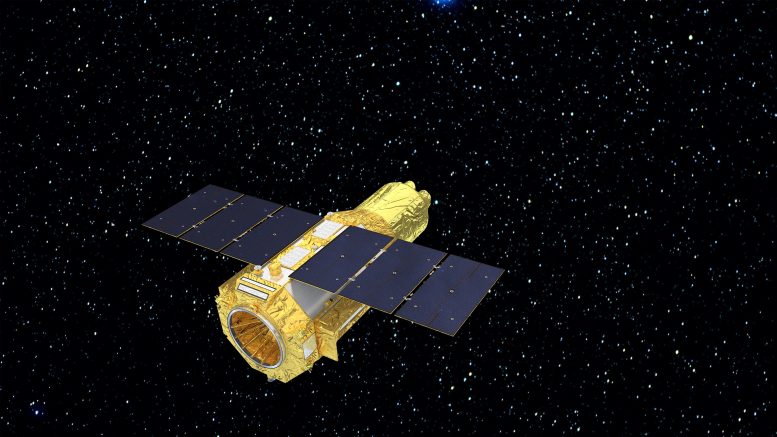
XRISM, shown in this artist’s concept, is an X-ray mission that will study some of the most energetic objects in the universe. Credit: NASA’s Goddard Space Flight Center Conceptual Image Lab
XRISM, a joint space mission led by JAXA, will use its Resolve instrument to study the universe’s extremes using spectroscopy. Its findings will complement those of NASA’s James Webb Space Telescope, offering a richer understanding of cosmic phenomena.
Scheduled to launch in just a few days (August 26 Japan local time), the upcoming XRISM (X-ray Imaging and Spectroscopy Mission, pronounced “crism”) spacecraft will study the universe’s hottest regions, largest structures, and objects with the strongest gravity.
Led by JAXA (Japan Aerospace Exploration Agency), XRISM will peer into these cosmic extremes using spectroscopy, the study of how light and matter interact.
Spectroscopy and Its Importance
“I think we all get excited for the beautiful images we get from missions like NASA’s James Webb Space Telescope,” Roberts said. “But after taking a deep dive into spectroscopy, I really appreciate the critical context it gives scientists about the story behind those pictures.”
In the following explainer, video producer Sophia Roberts from NASA’s Goddard Space Flight Center walks us through how understanding spectroscopy deepens our knowledge of the universe.
Watch to learn about spectroscopy, the dance between matter and light, and how NASA missions using it help scientists answer big questions about our universe. Credit: NASA’s Goddard Space Flight Center
XRISM’s Resolve: An In-depth Look
XRISM’s microcalorimeter spectrometer, named Resolve, is a collaboration between JAXA and NASA. It will create spectra, measurements of light’s intensity over a range of energies, for X-rays from 400 to 12,000 electron volts. (For comparison, visible light energies range from about 2 to 3 electron volts.)
To do this, Resolve measures tiny temperature changes created when an X-ray hits its 6-by-6-pixel detector. To measure that minuscule increase and determine the X-ray’s energy, the detector needs to cool down to just a fraction of a degree above absolute zero. (This is around minus 460 °Fahrenheit / minus 270 °Celsius.) The instrument reaches its operating temperature after a multistage mechanical cooling process inside a refrigerator-sized container of liquid helium.
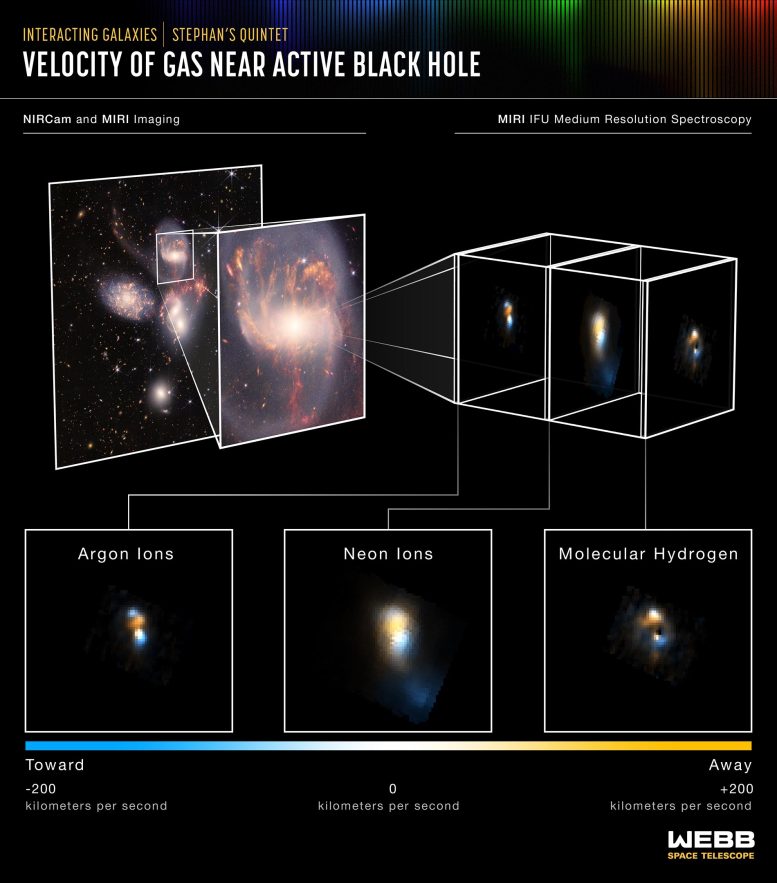
Scientists studied NGC 7319, part of the visual grouping of galaxies called Stephan’s Quintet, using the Medium-Resolution Spectrometer (MRS) in the Mid-Infrared Instrument (MIRI) on NASA’s James Webb Space Telescope. The galaxy contains a supermassive black hole that is actively accreting material. The spectrometer features integral field units (IFUs) – each containing a camera and spectrograph. IFUs provided the Webb team with a collection of images of the galactic core’s spectral features, shown here. Blue-colored regions indicate movement toward the viewer and orange-colored regions represent movement away from the viewer. Powerful radiation and winds from the black hole ionize hot spots of super-heated gas, creating the argon and neon lines. The hydrogen line is from colder dense gas in the central regions of the galaxy and entrained in the outflowing wind. The velocities are measured by shifts in the wavelengths of a given emission line feature. Credit: NASA, ESA, CSA, STScI
Scientific Applications and Collaborations
Resolve will help astronomers learn more about the composition and motion of extremely hot gas within clusters of galaxies, near-light-speed particle jets powered by black holes in active galaxies, and other cosmic mysteries.
The Webb telescope captures similar spectra, but for infrared light. Webb’s spectra have revealed the makeup of gas near active black holes and mapped the movement of this material toward or away from the viewer. Data from XRISM’s Resolve instrument will do the same at higher energies, helping paint a fuller picture of these objects.
XRISM is a collaborative mission between JAXA and NASA, with participation by ESA (European Space Agency). NASA’s contribution includes science participation from the Canadian Space Agency.

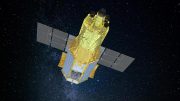
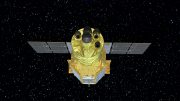

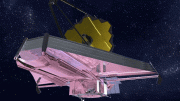



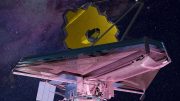
Be the first to comment on "X-Ray Vision of the Universe: XRISM Spacecraft Will Open New Window on the Cosmos"